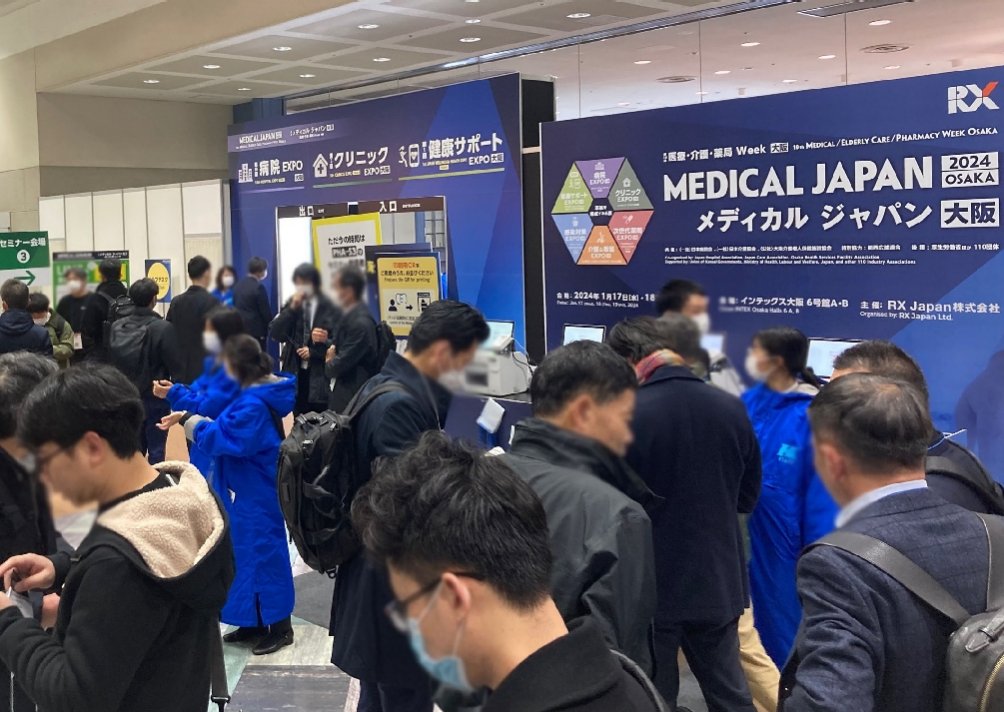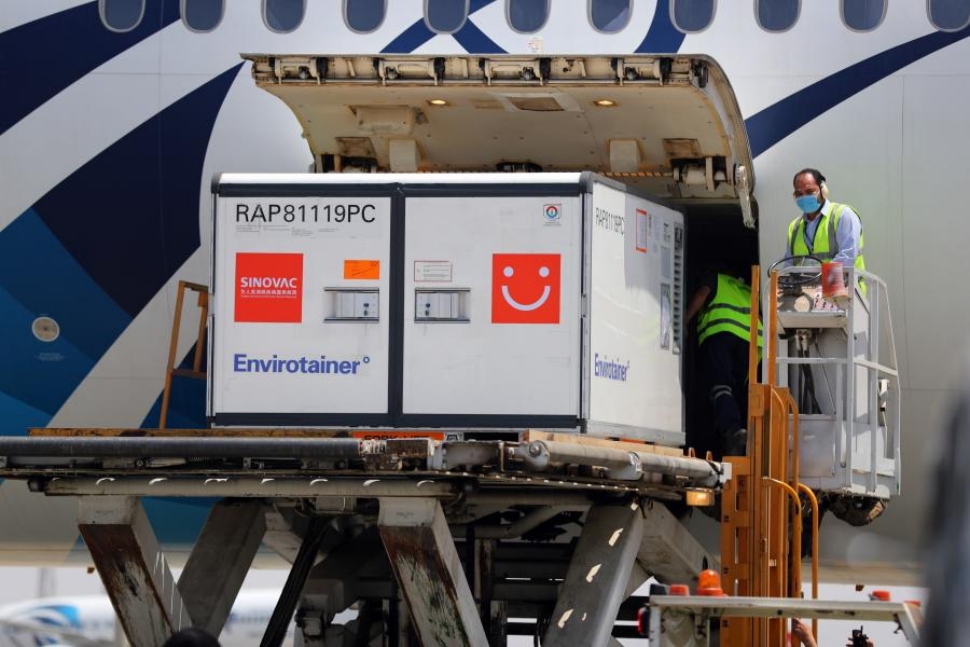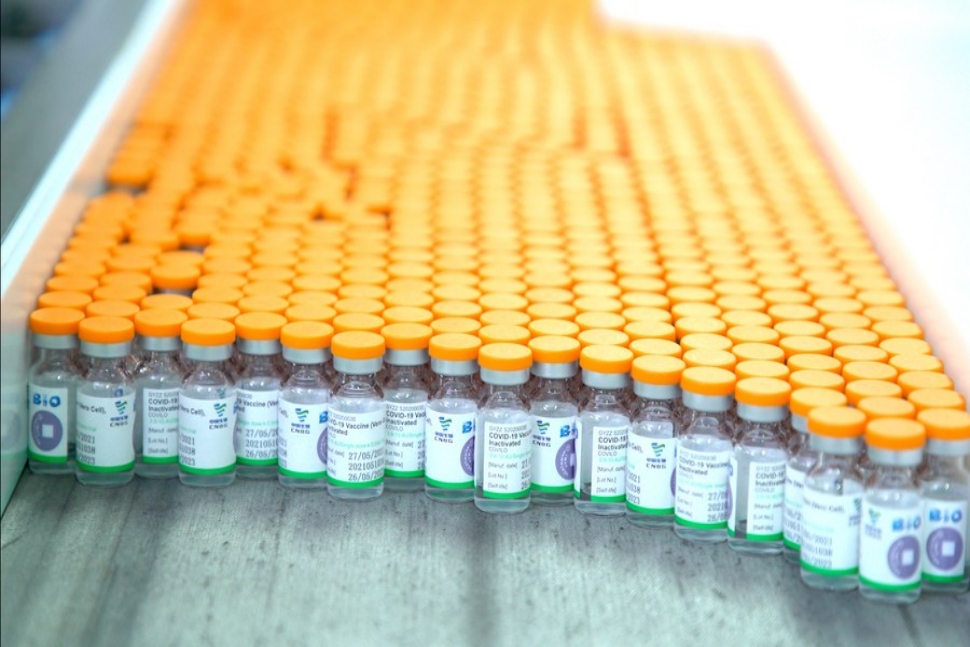trending topics
market reports
-

MEDICAL JAPAN 2025 OSAKA Returns to Showcase Global Innovations
2025-02-17
-

Visit MEDICAL JAPAN 2023 TOKYO and take full advantage of the business opportunities!
2023-09-01
-

US to distribute 400 million free N95 masks at CVS, Walgreens in COVID fight
2022-01-21
-

Ethiopia receives additional 2.2 mln doses of Chinese-donated COVID-19 vaccines
2022-01-21
-

Hong Kong researchers say they develop novel material able to kill COVID-19 virus
2022-01-14
-

10 million more Chinese doses on way for Kenya
2022-01-14
-

Sino-African ties on track for a brighter future
2022-01-07
-

Efforts urged to boost COVID-19 vaccine production capacity in poor countries
2022-01-07
-

UAE approves Sinopharm's new protein-based COVID-19 vaccine
2022-01-07
-

UAE approves Sinopharm's new protein-based COVID-19 vaccine
2022-01-07
DO I NEED A CE MARKING IF MY OEM ALREADY HAS ONE?
2019-09-11
Obtaining a CE Mark should be a primary target for any manufacturer seeking to introduce their product to the European Market. In many cases, CE Marking is a mandatory compliance requirement for products, and at the same time it makes the marketing of products far easier and more attractive to consumers as they are the hallmark of compliance with European harmonized standards.
When it comes to understanding whether one should go about obtaining a CE Marking even though their OEM (Original Equipment Manufacturer) has already secured one for their product, one should first understand the important differences between OEMs (Original Equipment Manufacturers) and OBLs (Original Brand Labellers).
Original Equipment Manufacturer: An OEM is any company/manufacturer whose primary function is to supply others with products, product components, or equipment. As such, they sell their products to other companies who will in turn incorporate these products into their own brand and resell them as their own. An OEM will never place their product on the open market under their own name.
Original Brand Labeller: OBLs are those companies buying products, components, or equipment from OEMs and introducing them to the open market under their own brand name or range or products or incorporating them as parts into their own product.
The important part to note in distinguishing the two (and in turn explaining why an OBL should seek to obtain a CE Marking of their own) is that the entire onus to obtain CE Marking, under CE Marking Directive 93/68/EEC, is on the one introducing the product to the European market – in this case the Original Brand Labeller. Regardless of whether the OEM has obtained their own CE Marking or not, the OBL is still obliged to obtain CE mark on its own.
That is not to say, however, that the OEM’s job is done once the products have changed hands with the OBL. It is always advisable for the OEM also to obtain a CE Marking, as when the time comes for the OBL to seek their CE Marking, they will have all the mandatory relevant information on hand (e.g. proof that the product complies with all EC Directives and Regulations or fully completed technical documentation).
Both OEMs and OBLs operating outside the European Union must also work in tandem with a European Authorized Representative to take care of such issues as:

When it comes to understanding whether one should go about obtaining a CE Marking even though their OEM (Original Equipment Manufacturer) has already secured one for their product, one should first understand the important differences between OEMs (Original Equipment Manufacturers) and OBLs (Original Brand Labellers).
Original Equipment Manufacturer: An OEM is any company/manufacturer whose primary function is to supply others with products, product components, or equipment. As such, they sell their products to other companies who will in turn incorporate these products into their own brand and resell them as their own. An OEM will never place their product on the open market under their own name.
Original Brand Labeller: OBLs are those companies buying products, components, or equipment from OEMs and introducing them to the open market under their own brand name or range or products or incorporating them as parts into their own product.
The important part to note in distinguishing the two (and in turn explaining why an OBL should seek to obtain a CE Marking of their own) is that the entire onus to obtain CE Marking, under CE Marking Directive 93/68/EEC, is on the one introducing the product to the European market – in this case the Original Brand Labeller. Regardless of whether the OEM has obtained their own CE Marking or not, the OBL is still obliged to obtain CE mark on its own.
That is not to say, however, that the OEM’s job is done once the products have changed hands with the OBL. It is always advisable for the OEM also to obtain a CE Marking, as when the time comes for the OBL to seek their CE Marking, they will have all the mandatory relevant information on hand (e.g. proof that the product complies with all EC Directives and Regulations or fully completed technical documentation).
Both OEMs and OBLs operating outside the European Union must also work in tandem with a European Authorized Representative to take care of such issues as:
- Providing a registered address in the EU
- Making all technical documentation available to EU Authorities for inspection
- Completing the notification process
- Completing the registration process in regards relevant national databases
- Incident reporting
- Representation towards the EU Commission, EU Authorities, and Notified Bodies

label :



 My Member
My Member Message Center
Message Center











